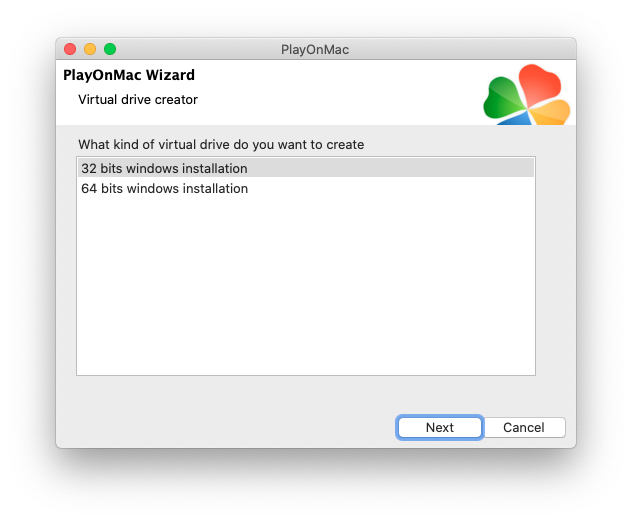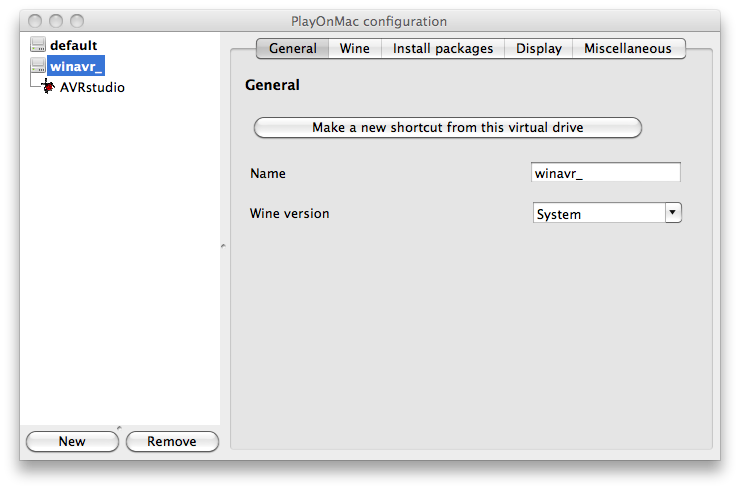

Then access the latter, right click on the PlayOnMac icon and select open from the proposed context menu. Here’s a look at the results of the menu itmes in Audacity after I made the changes.īefore – Save Project as has no shortcut:Īfter – Save Project as has Shift + Command + S shortcut: Once this operation is completed, start the above mentioned file and using the window that opens on the screen, drag the PlayOnMac icon to the folder applications from your Mac. If it’s not, re-check if you typed everything correctly. Note: You can also grant an exception for a blocked. The app is saved as an exception to your security settings, and you can open it in the future by double-clicking it just as you can any registered app. Control-click the app icon, then choose Open from the shortcut menu. Now, launch or relaunch the application you modified the shortcut for. Launchpad doesn’t allow you to access the shortcut menu. It should look something like this when you’re done. Then give a space after the path to the executable, then a '&>' then another space, then a path to where you want the debug kept.

I dont work or have any association with EA. You can then rename the shortcut on the desktop by clicking on it until the text is highlighted. You're creating a shortcut that leads to the executable instead. It's a little confusing because you're not actually sending the executable anywhere. Once you find it, right-click it and select Send to > Desktop (create shortcut). This will create a short called ts4.exe on your desktop. Now, you need to find the executable file that starts the program up it'll be an EXE file. PlayOnMac creates a separate virtual logical drive with necessary environment for each installed program. Right click on that file and choose Send To. Double click on it in PlayOnMac window to launch the terminal.

Find the executable file and drag it into terminal after the 'wine '. After creating the necessary shortcuts, you can start using the client terminal. For instance, “Save Project As…” must be: Save Project As… complete with ellipsis. Then navigate to where the program is installed. Right-click the folder icon you want to make a shortcut of, and select 'Create shortcut.
Playonmac make shortcut for executable plus#
Then click the little Plus sign under the applications list.įrom here, you must select the application you want to add or change a shortcut to. Type the name of the shortcut exactly as it appears in the application. Navigate to the folder you want to make a shortcut of without opening it in this case, 'common.' 2. Go to the Apple menu and select System Preferences.Ĭhoose Application Shortcuts from the list on the left. It doesn’t have a “Save As” keyboard shortcut by default. For this example I am using Audacity for Mac.


 0 kommentar(er)
0 kommentar(er)
